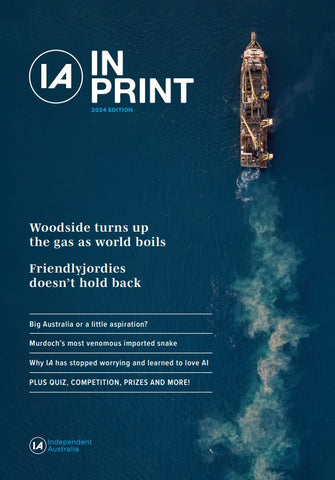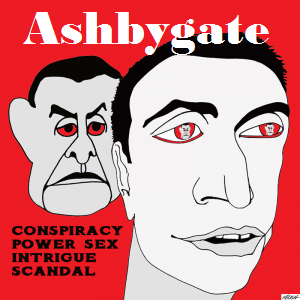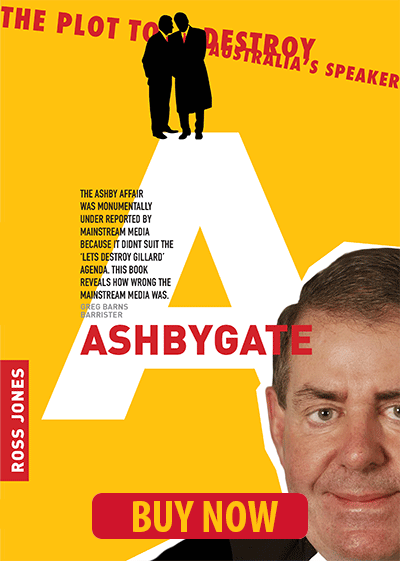Eighty years after WWII, Solomon Islanders face the ongoing threat of death and injury from hidden, unexploded bombs, writes Catherine Wilson.
THIS YEAR is the 80th anniversary of the end of the Second World War, but in some countries, the trail of death and destruction continues. Bombs, nearly a century old, are still exploding, killing and maiming people and contaminating land.
Four years ago, a group of young people gathered for a barbecue in a residential backyard. They were cooking food over an open fire in the ground. Suddenly, the earth exploded with no warning. Maeverlyn Pitanoe, a youth mentor, and two young men were standing near to where the ageing bomb had been buried in the garden. Their hope of selling cooked food to raise funds for their youth group was shattered. But, much worse, the youths who lost their legs in the tragedy died within a week, and Pitanoe was left with severed fingers and extensive burns and injuries to her body.
Pitanoe said in an interview:
“What happened to me has been very, very devastating, and it has changed my life and my family’s life."
Unexploded ordnance, or UXO, are bombs and munitions, such as hand grenades and artillery shells, that did not detonate on impact, or they may comprise a weapons stockpile that was left behind after the war ended. They are often buried in the ground or lodged in a place where they can remain undetected for years.
The devastating impacts of UXO on civilians in the Ukraine, Syria and Gaza are regularly reported in the media. But Pitanoe and her friends were in Honiara, the capital of the Solomon Islands. And the bomb was one of vast quantities dropped by Allied and Japanese forces on Guadalcanal Island during the Solomon Islands Campaign of World War II.
Emily Davis, Programme Manager in the Solomon Islands for The Halo Trust, the global UXO clearance non-government organisation, said:
“It is an 80-year-old problem, but it is still causing death and injury."
World War II spread to the Pacific when Japanese forces attacked Pearl Harbour, Hawaii, in 1941 and advanced rapidly across the Pacific, soon reaching Papua New Guinea (PNG), Bougainville and Solomon Islands. After the bombing of Darwin in 1942, Britain, the United States (U.S.) and allies, including Australia and New Zealand, rapidly deployed troops to the Solomon Islands, located northeast of Australia.
Critical battles were waged across the country and, by 1943, Japanese forces were retreating. They were then defeated in PNG and Guam, Marshall Islands and Northern Mariana Islands in the north Pacific before the Allied victory was declared in August 1945.
Today tourists converge on the Solomon Islands to explore the sites of epic battles and relics, such as abandoned fighter planes and shipwrecks. But, for islanders, these places are minefields in a country where UXO is discovered almost every day.
Pitanoe recounted:
“When I was a kid, I lived in Fishing Village [in Honiara] and along the coast we used to pick up remnants of bombs that had exploded and we used to play with it.”
At the end of the village, there was an old Second World War bunker, a childhood play spot, but also where an unexploded bomb was discovered in May. It was safely disposed of by the Solomon Islands Police Force, as were other explosive items discovered last year in the grounds of a school and the central food market in Honiara.
Last year alone more than 5,400 ordnance items were cleared in the Solomon Islands by police and the efforts of Operation Render Safe, a multi-country mission led by Australia to clear UXO in the Pacific every two years. In total, the police have disposed of an estimated 30,000 UXO items so far.
But if they are discovered too late and detonate, the impacts on people’s lives can be lifelong and include disability, loss of employment, increased poverty and trauma. And there is disruption to national development when contaminated land becomes unusable for farming, economic projects and the building of roads and hospitals. Davis also warns that climate change and population growth, which is driving migration from coastal areas to contaminated inland areas, is likely to exacerbate the issue. While ageing explosives can leak toxic substances into land and water, posing threats to plant, marine and human health.
The Solomon Islands is one of the worst affected by UXO in the region, but there are others including PNG, Vanuatu, Tuvalu, Guam, Marshall Islands and the Federated States of Micronesia. In August, a massive deposit of old landmines and weapons left by U.S. Forces in 1944 surfaced in Saipan, Northern Mariana Islands, after Tropical Storm Krosa eroded the coast.
To begin addressing the problem, some countries are conducting UXO surveys and, in 2023, this was begun by the Halo Trust in the Solomon Islands. The Trust is also set to start similar work in Oro Province and the Autonomous Region of Bougainville in PNG, a country where an estimated more than 25,000 people have been killed or injured by World War II era ordnance since 1945.
But implementing clearance programs requires major fiscal and technical resources; a significant burden in developing Pacific Island nations. Especially the Solomon Islands where poverty affects about a quarter of the population and rural communities contend with lack of government services and economic development.
Given the problem has been imposed on their countries, many Pacific Island leaders have called for remediation to be shared.
Johnson Toribiong, then President of Palau declared in 2012:
"We appeal to the conscience of the world, especially those responsible, to remove this danger from our midst.”
However, there is no legal liability.
Professor Rain Liivoja, Deputy Dean of Research at the University of Queensland Law School, told IA:
'The use in armed conflict of weapons that leave behind UXOs is not prohibited as such under international law...the problem has been addressed in two ways, preventative and reparative.'
The 1997 Mine Ban Treaty and the Convention on Certain Conventional Weapons, for instance, regulate and ban the use of landmines and other explosive weapons.
But they do not apply to retrospective conflicts, in which case:
'...from a legal perspective, a lot depends on the capacity and goodwill of other states to assist.'
The international response has included the work of Operation Render Safe since 2013, the Australian Government’s support for capacity development of the Solomon Islands police and the Australian Army’s training of them in explosive weapons disposal. Since 2009, the U.S. has also financially contributed to ordnance disposal efforts across the Pacific, including the work of the Halo Trust.
But much more is needed. The severe scale of contamination in the Solomon Islands means that it will be unfeasible to rid the country of UXO entirely, according to Davis. Yet international funding and technical support will need to continue throughout the region for many years to reduce the massive threat that still hovers.
Catherine Wilson is a freelance journalist and correspondent, reporting on current affairs, global issues, humanitarian crises, politics and international development.
 This work is licensed under a Creative Commons Attribution-NonCommercial-NoDerivs 3.0 Australia License
This work is licensed under a Creative Commons Attribution-NonCommercial-NoDerivs 3.0 Australia License
Support independent journalism Subscribe to IA.












